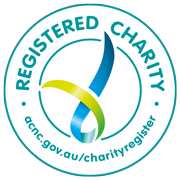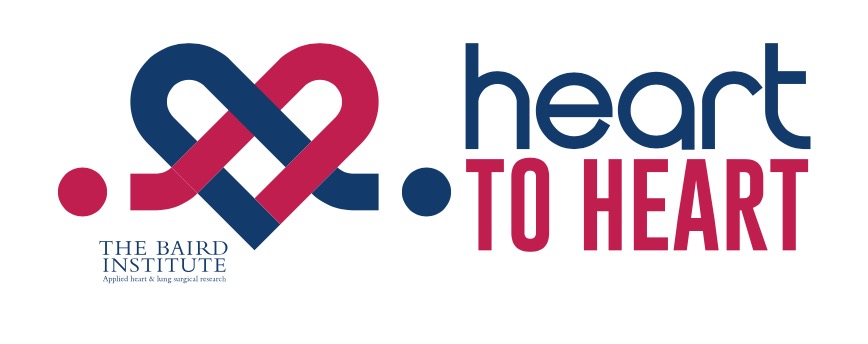Research Publications
Our primary focus at The Baird Institute is to encourage and fund research to improve the surgical outcomes and quality of life for patients facing heart or lung surgery. The funds we raise go directly to research that improves the surgical procedures associated with heart and lung surgery. Improvements can include less intrusive procedures as well as techniques that improve survival rates.
Below you will find a list of publications that our surgeons and research fellows have been involved in writing.
Mechanical unloading is accompanied by reverse metabolic remodelling in the failing heart: Identification of a novel citraconate-mediated pathway.
Aims: Although functional recovery of the failing heart with left ventricular assist device (LVAD) unloading can occur, the underpinning mechanism is unclear. We aimed to characterize the effect of myocardial biochemical effect of LVAD support in vivo and in vitro. Methods and results: We performed targeted metabolomics and lipidomics on transcardiac (arterial and coronary sinus) blood samples…
The Historical Evolution of Academic Surgery at Royal Prince Alfred Hospital.
Surgical teaching and research at Royal Prince Alfred Hospital has evolved substantially since the hospital was opened in 1882. Economic constraints, World Wars, developments in technology, changes to healthcare policy and society’s expectations have all presented opportunities and obstacles, and ultimately shaped the current practice of academic surgery at the Hospital. This article aims to…
Head-to-head comparison of V-A ECMO, Impella and ECPELLA in normal ovine hearts.
Temporary mechanical circulatory support (MCS), including veno-arterial extracorporeal membrane oxygenation (ECMO) and micro-axial pumps (Impella), is increasingly used in clinical practice for refractory circulatory failure. Complex physiological responses to each technique or their combination (ECPELLA) remain debated and are often specific to cardiovascular pathology. A paucity of data on physiological responses to MCS in normal…
Longitudinal outcomes following international multicentre experience with robotic aortic valve replacement
Objectives: In an effort to maintain the technical aspects of traditional prosthetic surgical aortic valve replacement (AVR) while reducing invasiveness and facilitate options for concomitant operations, transaxillary lateral mini-thoracotomy endoscopic robotic-assisted aortic valve replacement (RAVR) has been introduced. The present data highlight the contemporary international collaborative experience. Methods: All consecutive patients undergoing standardized RAVR across 10 international…
Heart Has Intrinsic Ketogenic Capacity that Mediates NAD+ Therapy in HFpEF
Background: Heart failure with preserved ejection fraction (HFpEF) has overtaken heart failure with reduced ejection fraction as the leading type of heart failure globally and is marked by high morbidity and mortality rates, yet with only a single approved pharmacotherapy: SGLT2i (sodium-glucose co-transporter 2 inhibitor). A prevailing theory for the mechanism underlying SGLT2i is nutrient deprivation…
Longitudinal outcomes following international multicenter experience with robotic aortic valve replacement
Objectives: In an effort to maintain the technical aspects of traditional prosthetic surgical aortic valve replacement (AVR) while reducing invasiveness and facilitate options for concomitant operations, transaxillary lateral mini-thoracotomy endoscopic robotic-assisted aortic valve replacment (RAVR) has been introduced. The present data highlights the contemporary international collaborative experience. Methods: All consecutive patients undergoing standardized RAVR across 10 international…
Transcriptional, proteomic and metabolic drivers of cardiac regeneration
Following injury, many organs are capable of rapid regeneration of necrotic tissue to regain normal function. In contrast, the damaged heart typically replaces tissue with a collagen-rich scar, due to the limited regenerative capacity of its functional contractile cardiomyocytes (CMs). However, this regenerative capacity varies dramatically during development and between species. Furthermore, studies have shown…
Hughes Stovin syndrome is not associated with pulmonary embolism – Authors’ reply
No abstract available.







